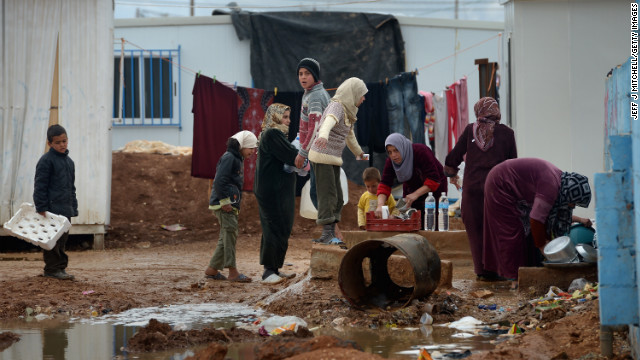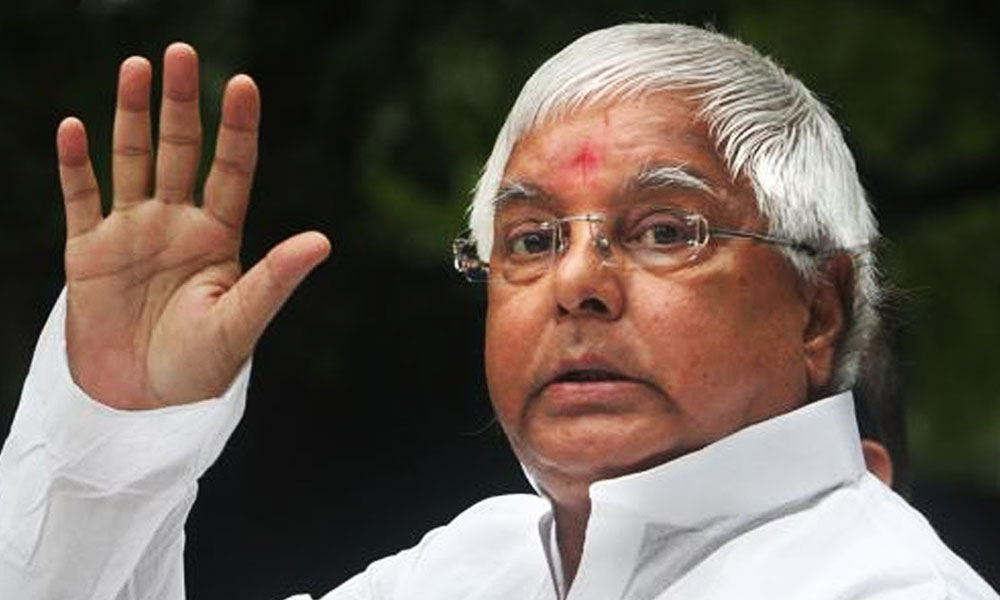UNICEF said prolonged exposure to violence and stress, multiple displacement, loss of friends and family members, and a severe deterioration in living conditions are leaving children in Syria with lasting scars.
Prolonged exposure to violence and stress, multiple displacement, loss of friends and family members, and a severe deterioration in living conditions are leaving children in Syria with lasting scars, the United Nations Children’s Fund (Unicef) has said.
“Parents report that their children are experiencing frequent nightmares and exhibiting reckless and aggressive behaviours,” Maria Calivis, Unicef regional director for the Middle East and North Africa, said on Tuesday.
“Bedwetting is common and children have become more withdrawn and clingy. Their drawings are often violent and angry with images of bloodshed, explosions and destruction,” she said.
Unicef estimates that more than four million children are affected by the ongoing conflict.
“Children who have undergone profound stress can lose the ability to connect emotionally to others and to themselves,” said Jane MacPhail, a Unicef child protection expert working with children in Za’atari refugee camp in Jordan.
“Basic feelings can stop and children find themselves unable to think ahead or remember recent events.”
Whether inside Syria or in the neighbouring countries, in shelters for displaced persons, refugee camps or host communities, Unicef has been working with partners and families to help children regain a sense of security, give them opportunities to express themselves, and help them develop constructive ways to cope with the conflict.
This includes child-friendly spaces where children can play and engage in recreational and sports activities.
It also includes training teachers and school counsellors to provide support and refer children in need to more specialised care.
Since the beginning of the year, nearly 470,000 Syrian children have received emotional support in more than 220 child-friendly spaces, as well as in alternative learning environments like school clubs.
The numbers include 250,000 children in Syria, 128,000 in Lebanon, 80,000 in Jordan, 5,500 in Iraq and 5,000 in Turkey.
Inside Syria, Unicef and partners have kept centres open and functional even in areas where conflict has been most intense like Homs, Dera’a and Aleppo, providing vital support to children experiencing some of the conflict’s most intense violence.
“Helping children deal with fears and insecurity is not a luxury,” Calivis said.
“Parents who see their children reconnecting with their childhood have become our best advocates for this service.”
Of Unicef’s $470 million appeal for Syria and the region, a total of $55 million was requested for child protection activities.
-IANS





